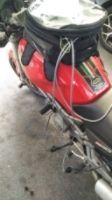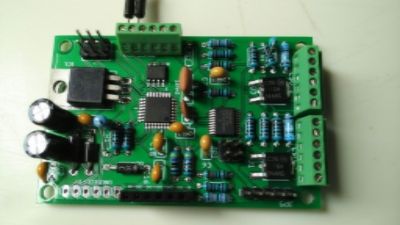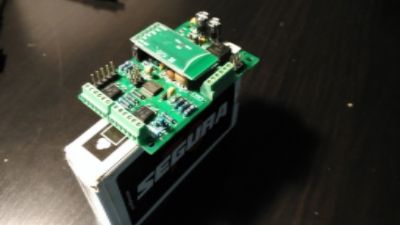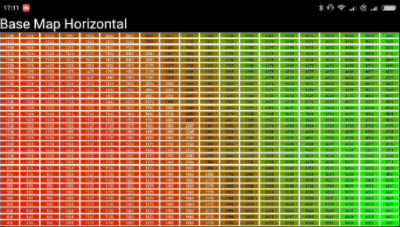Sorry about the long post. I thought I’d fill you in on a project I’ve been working on that might be of interest.
Many thanks to the others on the forum that have shared info.
It started with wanting to give AFR tuning a try. At the time it was about getting the best out of my termi cans and K&N filter, and at the same time feeling that I could improve the throttle response down low on my Monster 620.
Not wanting to spend a huge amount of money I bought a couple of SLC free controller units from 14point7, and used my own Android application to collect the data over a blueooth serial connection.
I was pretty happy with the output I was getting, but the whole rig was too bulky to be practical.

I was looking for something a bit more compact and would allow me to do many iterations easily. I had in mind that I could get close to autotuning by combining the logging, data analysis, map upload/download (59M/5AM) into a single device. Also I was looking for a project to stretch my programming legs a bit.
I set my target on building a unit that would stay attached to the bike, be able to log on both cylinders and display real time data, make map adjustments and reflash the ECU, controlled wirelessly from a smartphone.
First I set about creating a single chip version of the SLC free (14Point7 | High Performance Tuning Tools for High Performance Engines), this allowed me to make a 2 channel wideband controller on a small device. It took me a while to find the right chip, but the CY8C28243 has just enough pins to let me cram most of the 2 controllers in there. I replaced the screen and analog output with an I2C output allowing me to get accurate digital measurements.
I have posted some of my notes about the SLC Free design here Google Groups
I added an ATMEGA328P to handle bluetooth, I2C and K-line communications, plus an MC33660 chip to interface drectly with the ECU. I used the power supply and heater MOSFET design from the SLC free. I had a few boards made up and then started working on the code.

The end result stays mounted on the bike and is small enough to hide away behind the steering stem (approx 7cm x 4cm x 2cm). I have it connected to the diag port, switched 12v, ground and two LSU4.9 sensors. When I want to log or modify the mapping, I use my Android app to control the hardware and store the logs.

The app also serves as a dashboard, showing speed, TPS, RPM, AFR, enginge temp, Lambda sensor temp, voltage, etc.

I can select the logging session, get a rating, view the maps graphically and choose to upload it to the ECU.
I was worried about the hardware standing up to a hard life behind a headstem, but so far it’s been there for over 6 months commuting every day without any issues.
Anyway, I’m very happy with the result. The app will give me a rating of the logging session based on the standard deviation, the number of good samples, and the number of cells containing useful data.
Getting the ECU read/write to work reliably over bluetooth has been a challenge, but it’s now working pretty well. I can now immediately do an analysis of the log, and upload it to the ECU after my commute.
For the moment the upload is taking longer than I would like (around 7 minutes), but I think I can reduce this significantly by uploading just the map area of the flash rather than the entire image.

